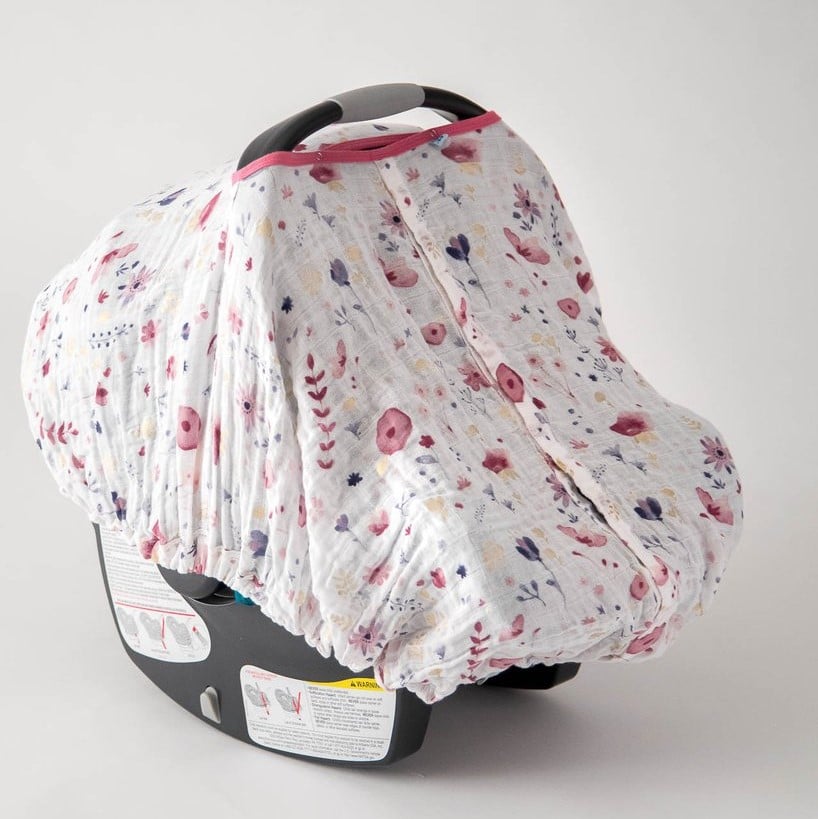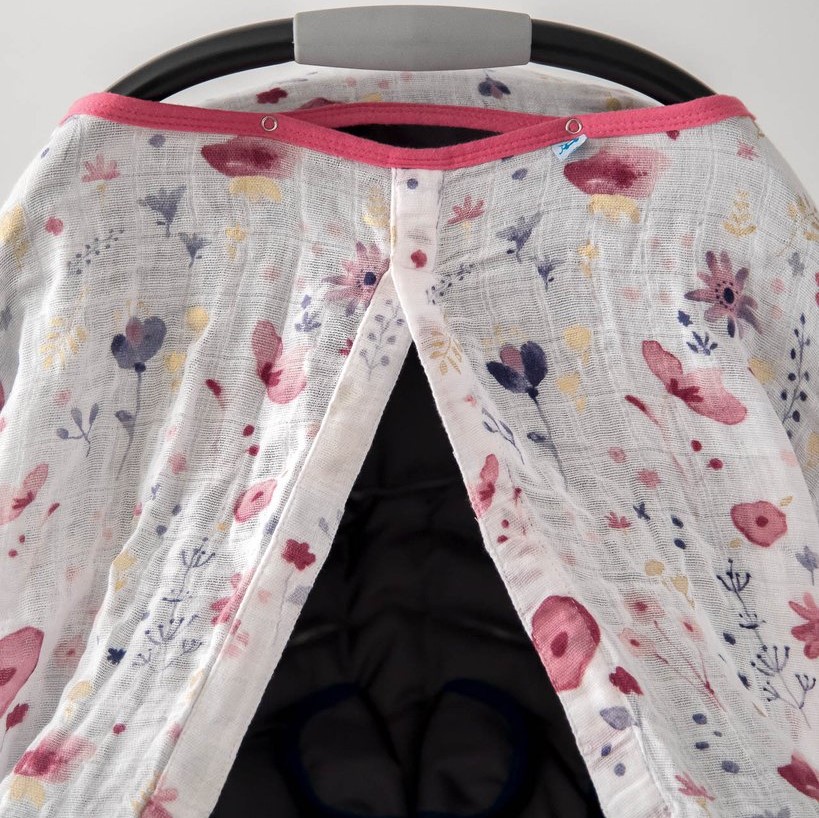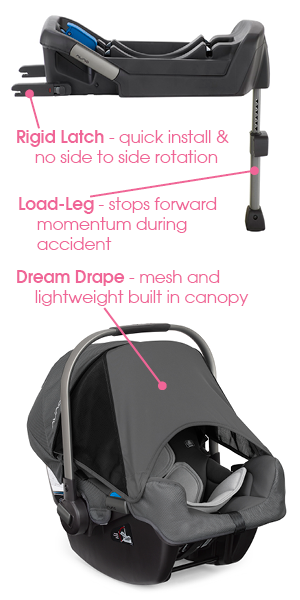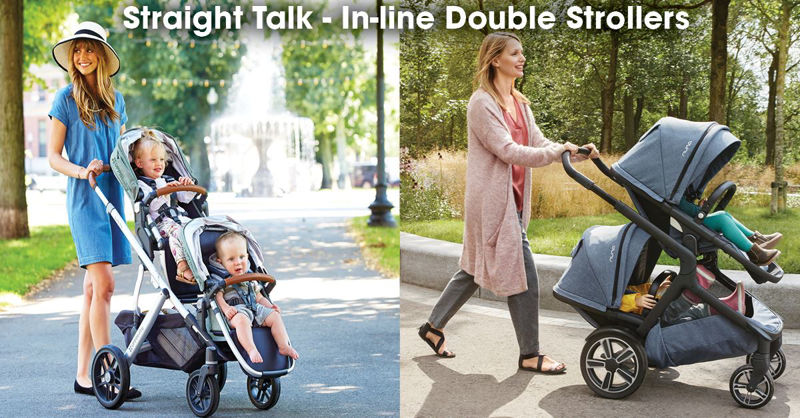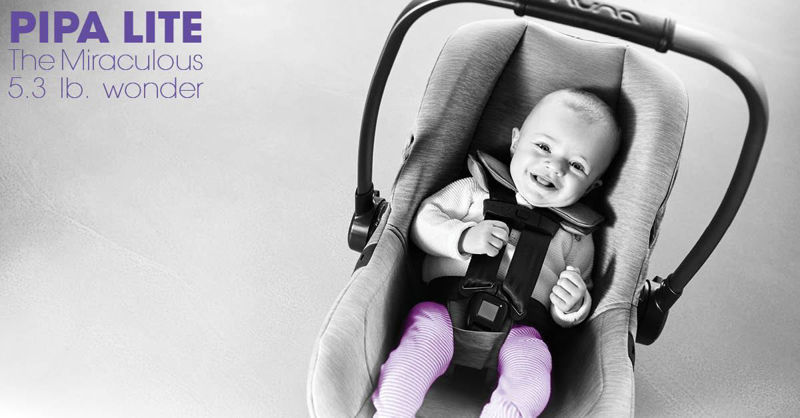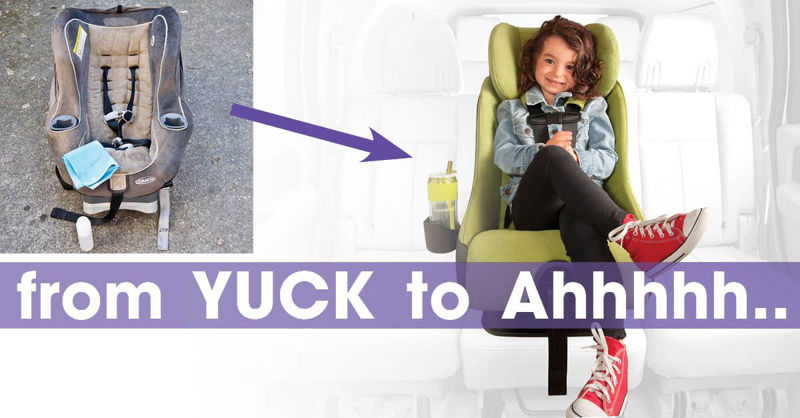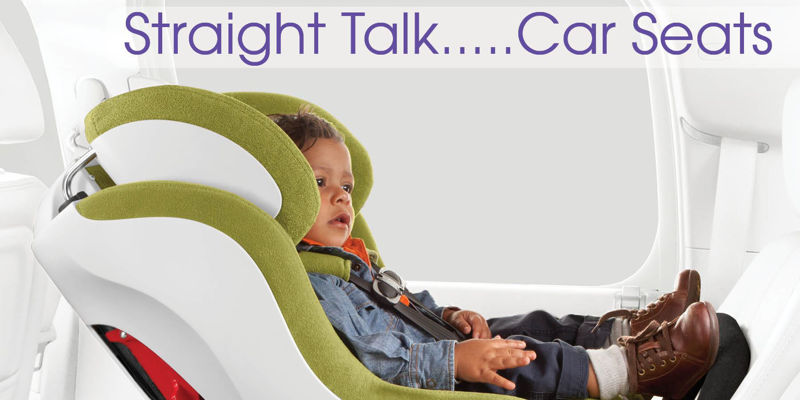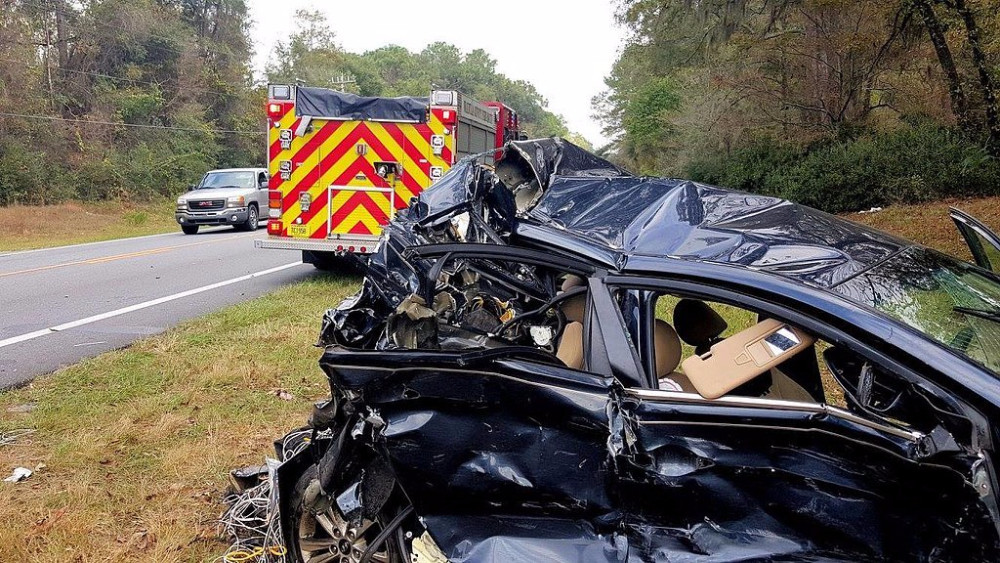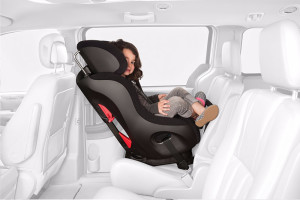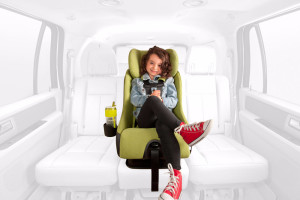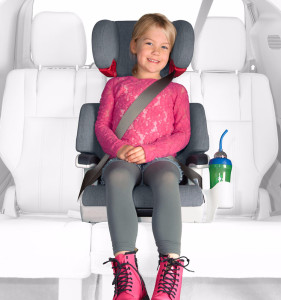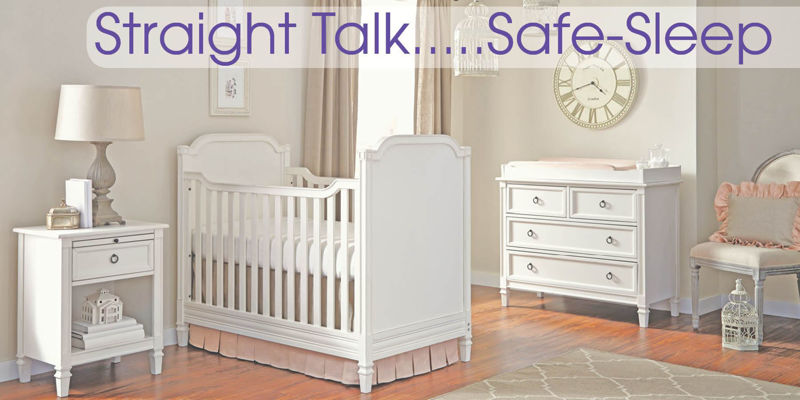The past few years have seen a large number of changes in the carseat industry, and we are expecting a few more in the next year. Federal standards and policies on carseats have changed quite a bit of what we are seeing on the market and what we expect to see, and all of these changes are TO THE BENIFIT OF THE CONSUMER because you will find some new technology as well as new testing that is going to provide parents with more peace of mind and safety features at their fingertips.
The battleground where the biggest campaign on infant carseats is being waged is in "lightweight" and "featherweight" infant buckets. Previously this category was held tightly with very little competition by Nuna and their Pipa Light & Pipa Light LX products. New regulations mandated that all carseats that ship with a carseat base must be able to be installed without the base. This new regulation meant that Nuna needed to redesign their 'Lite' product. Their redesign is now available as the Pipa Aire & Pipa Aire RX both new for 2024 (we will be comparing the Pipa Aire in this article). Uppa baby, purveyors of great strollers had, until this year, only offered the Mesa family of infant carseats, that are know for their ease of installation but quite heavy and cumbersome in comparison to the ultra light products from Nuna. This March Uppa unveiled the Aria, which by weight is going to be the lowest weighing carseat on the US market as of now.
Both of these seats price out at $350 including the base. Both seats feature a Load-Leg, which we feel is a safety component that should be on all carseats if at all possible. Both seats feature Greenguard certification and both are communicating ABSENCE of chemical flame retardants. Outside of their similarities both seats have their pros and cons and both merit some hands on from consumers to make sure you are getting the best fit for your family.
Install with the Lightweight Infant Carseats:
This is our single most important qualification on carseats. If it is likely to be installed correctly in the real world applications by parents and grandparents then it is more likely to protect the child in an accident and is more favorable to our staff for that very reason. Things that are cumbersome, difficult, problematic, or confusing on the install are going to likely not be installed correctly and for that reason less likely to be protective. Because safety is the goal, the ease of a consistent and CORRECT install ranks high with our staff and usually with our customers as well. We have found that the Nuna Pipa Aire wins in this category with their rigid latch install this is a very quick and straight forward install (they receive high customer satisfaction marks on how easy this install is). The install on the Uppa Aira is a bit more complicated with the ratcheting latch clips it is easier than most, however this seat is very upright in the base and there is a narrow window for the proper recline of the seat to meet recommendations. Changing the angle of the seat recline is accomplished with release of the foot pedestal in the base and we have had to make several adjustments during installation to get this right. Additionally, the manufacturer indicates that use in the vehicle when traveling requires a specific position of the carry handle which is not the natural position of the handle when carrying the infant bucket. This requirement to reposition the handle when in the car is likely to not be adhered to by families that are unaware of the requirement. We feel that with respect to the installation that the Nuna Pipa Aire is more likely to be installed correctly by more people because the install is quite a bit less cumbersome. We do need to note that there are a handful of vehicles (some BMWs and some other cars with deep bucket seats) that this pipa base presents a problem accessing the latch points due to the design of those vehicles latch position. The solution for those vehicles is the RELX base from Nuna which ships with the more expensive AIRE RX seat or to purchase the RELX base for the vehicles that need arises.
The Last component of installation is securing your child in the seat. This similar for both seats in that both feature 5 point harnesses. The Aria by Uppa has a no rethread harness so on the fly adjustments of the head support and shoulder harness position is very easy in this product. The Aria has a few inserts that come out as the child grows: there is a lower insert comes out at 9 pounds and a back-positioning insert intended to help with keeping an open airway by positioning the shoulders forward and allowing the head to tilt back to encourage the open airway and reduce the potential of head tilt (this is recommended to remain in use up through 4 months and "Child is not slouching and has good head and neck control". The Pipa Aire has a single insert intended for children under the weight of 12 pounds. There is no back positioning insert in the Nuna Pipa Aire because the seat operates in a more reclined position when installed in the vehicle.
Lightweight Carrying:
Both seats present a very light infant carrying bucket compared to most infant seat on the market. Side by side out of the box the Aria by Uppa is less weight by some ounces. Both seats have carry handles that are ergonomic for most carrying activities.
Travel System Use
Both the Aria by Uppa Baby and the Pipa Aire by Nuna are going to function exceptionally well in travel system setups that are WITHIN the brand, by this we mean if you have an Uppa Stroller the Uppa Carseat will relatively simple to use and no special adaptors will be necessary (The same for Nuna Carseats with Nuna Strollers). Where we see a significant difference in options is in “cross platform” product use. The Nuna Aire carseat utilizes a Maxi-Cosi type of connection for strollers (one of the most common connections world wide) and because this type of connection it is supported by many more stroller manufacturers than the connection for the Uppa Baby carseats, you will find that utilizing the Pipa Aire on a stroller that is not Nuna is going to be much easier that accommodating a Uppa Carseat on a ‘non-uppa” stroller.
The big takeaway on the Lightweight Infant Carseat Battle:
- You should ALWAYS READ YOUR CARSEAT MANUAL
- If you are not sure about your installation visit a professional (public safety officer or car seat check location)
- The Uppa Aira requires a bit more diligence and time in proper installation and has a few quirks that you need to be aware of while in use (like handle position) and multiple inserts but both Uppa Aria and Pipa Aire are going to provide great protection for your child in an accident as long as installed correctly
- The Nuna Pipa Aire is compatible with a larger number of strollers sold in the US than the Uppa Aria

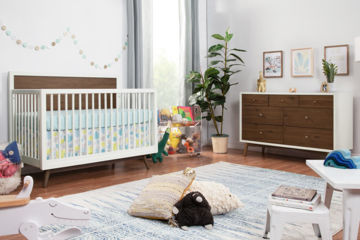
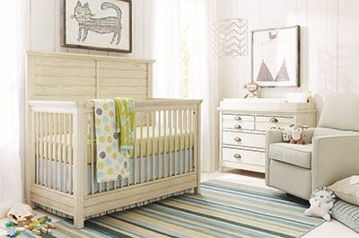
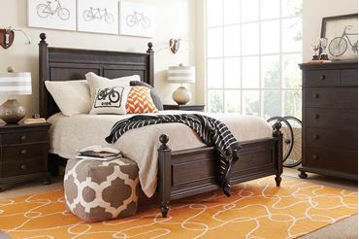
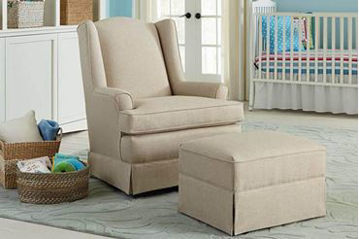
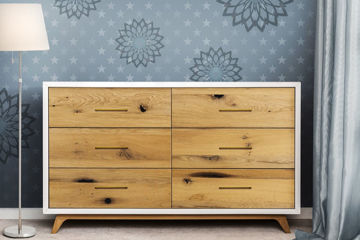
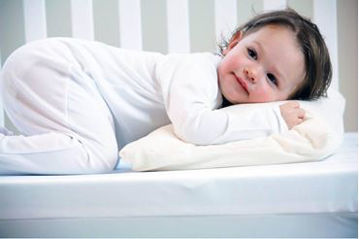
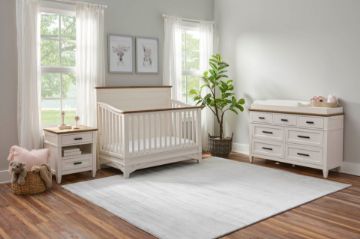
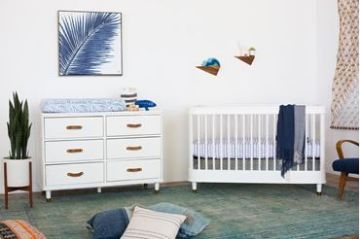
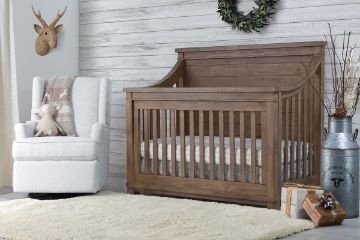
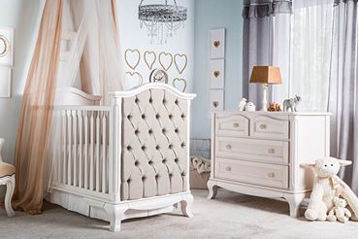
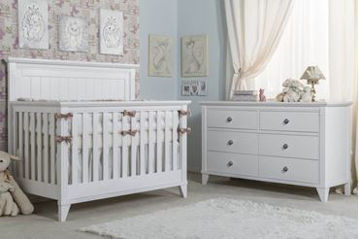
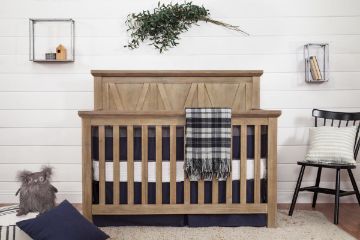
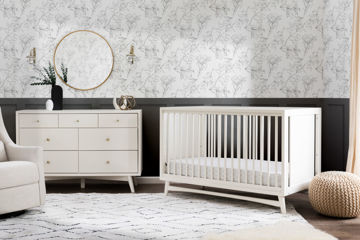
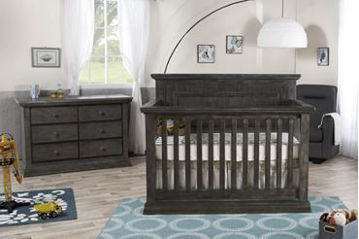
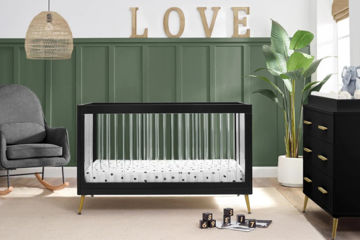

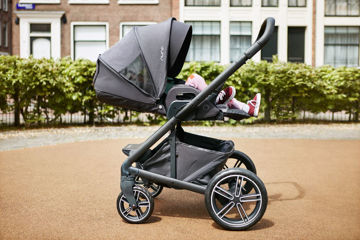
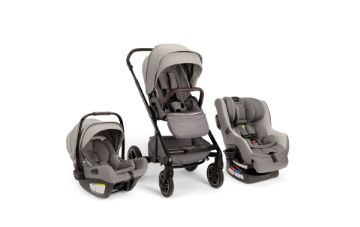
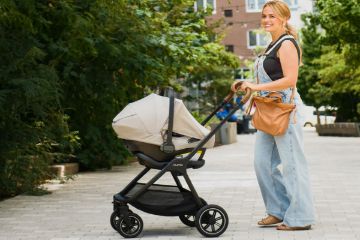
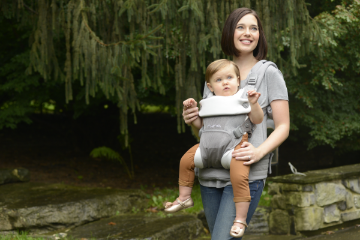
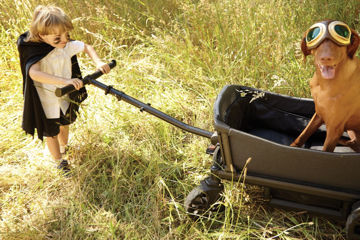
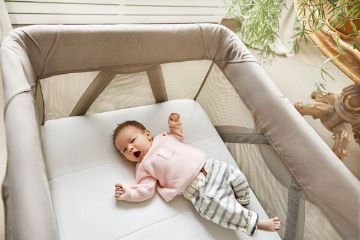
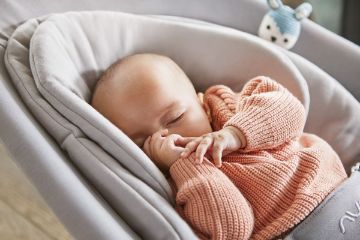
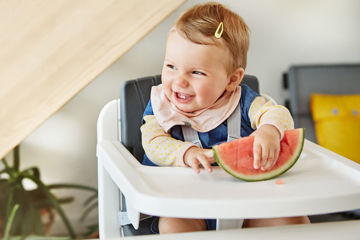
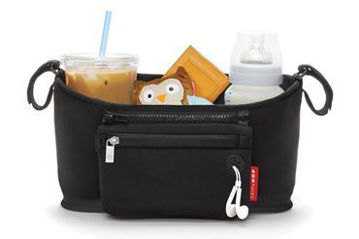
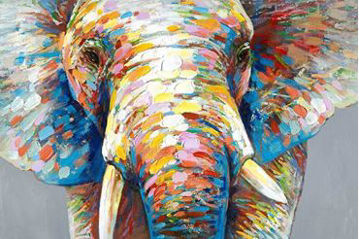
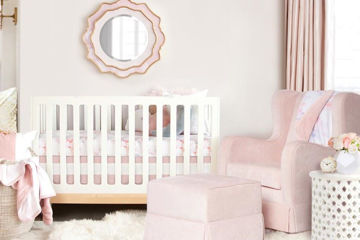
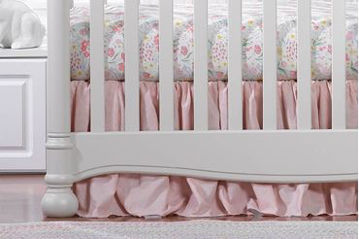
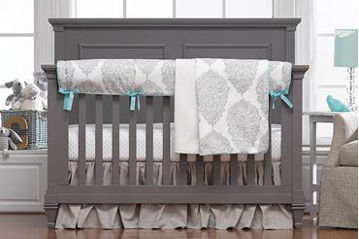
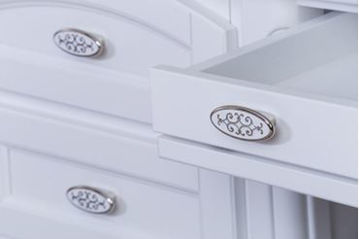
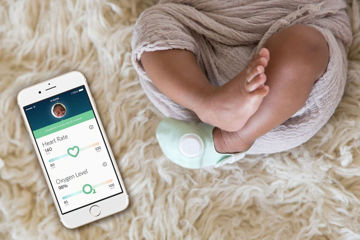
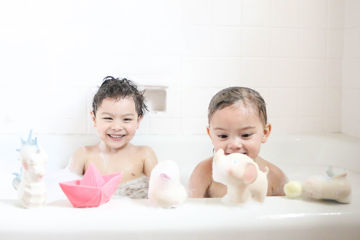
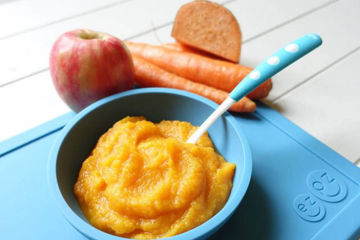
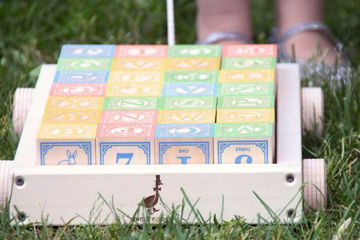
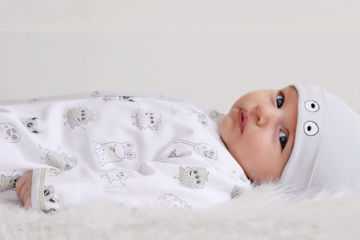
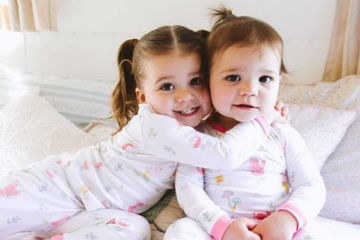
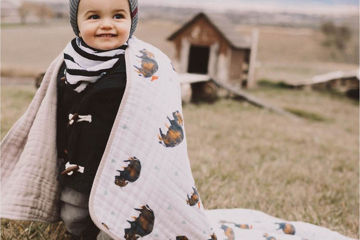
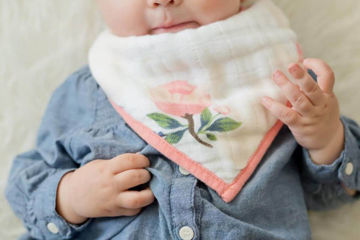
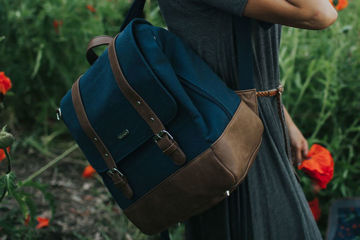
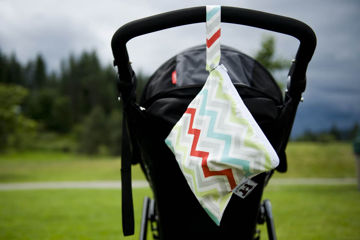
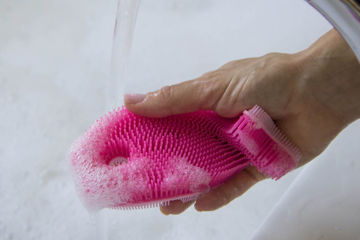


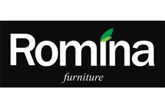

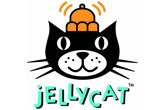
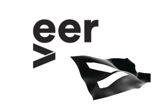


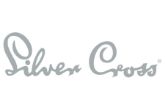
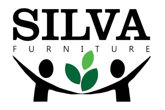
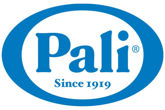

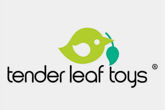


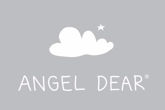



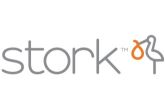
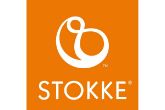

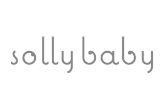
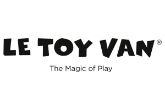
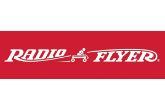
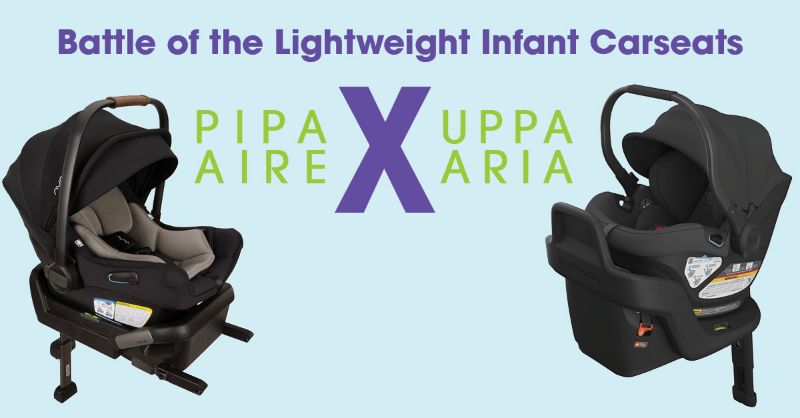
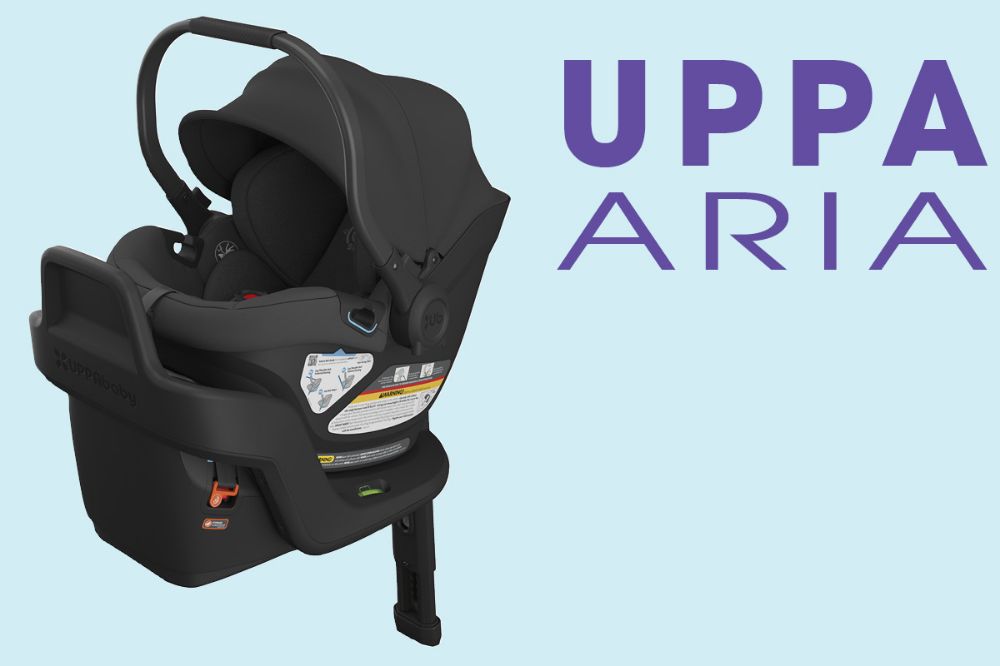
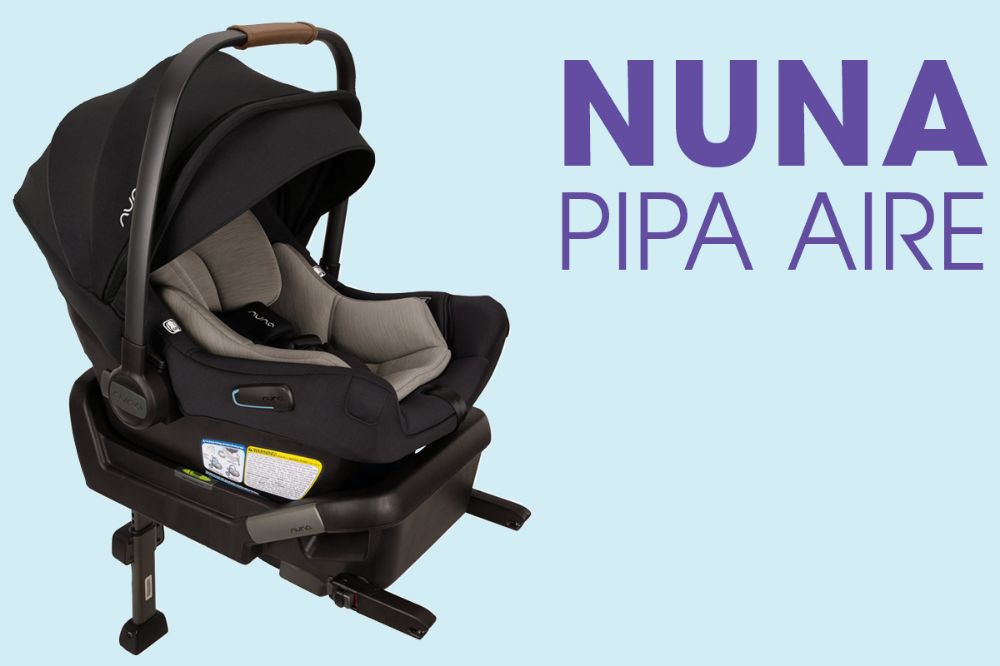
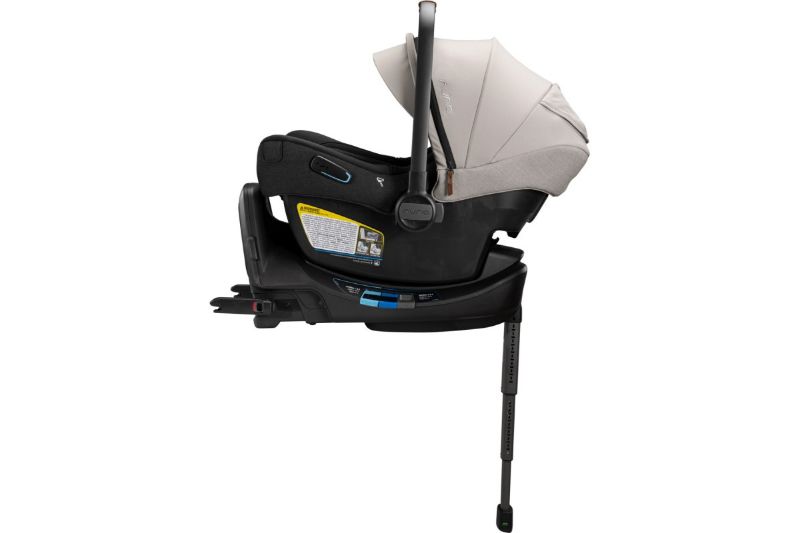
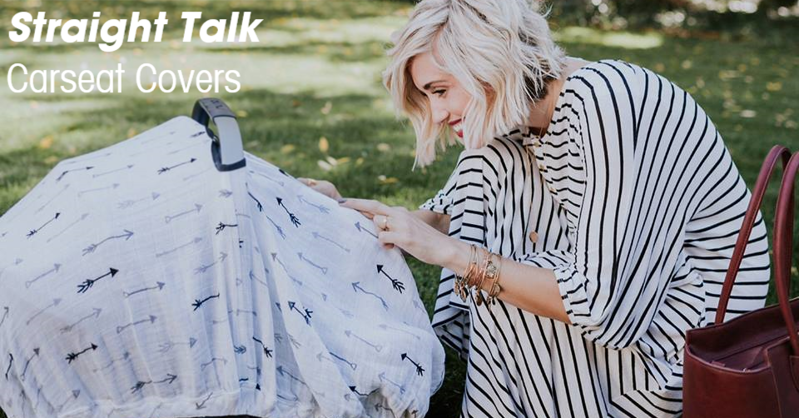
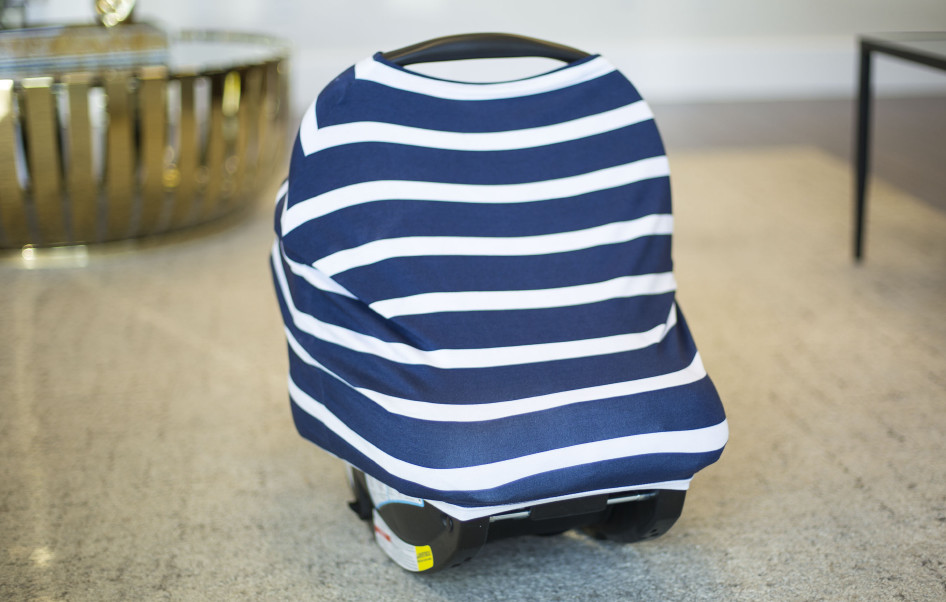
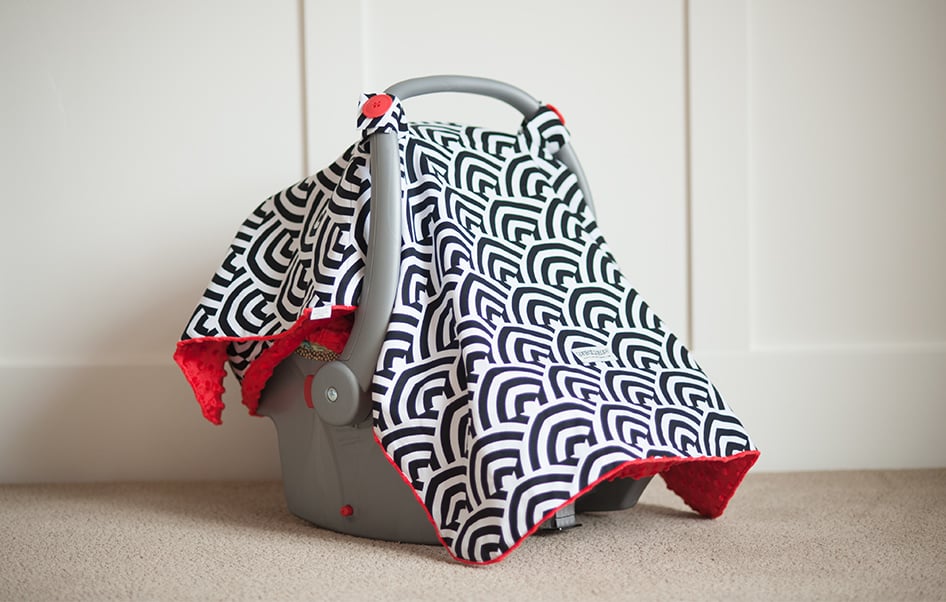
 together. Muslin is slightly tigher weave than cheesecloth but not much and allows supieror breathability. It is the fabric of choice in swaddling blankets for this very reason. Because it is so breathable it allows the heat to flow out quickly and not build up inside a swaddled baby as well as in a carseat if using as cover. Muslin swaddle blankets are extreemly popular and pretty much everybody receives a few for the baby shower. Muslin swaddling blankets can range from a few dollars to twenty-five dollars or more depending on brand and style, with most popular designer brands less than $20.
together. Muslin is slightly tigher weave than cheesecloth but not much and allows supieror breathability. It is the fabric of choice in swaddling blankets for this very reason. Because it is so breathable it allows the heat to flow out quickly and not build up inside a swaddled baby as well as in a carseat if using as cover. Muslin swaddle blankets are extreemly popular and pretty much everybody receives a few for the baby shower. Muslin swaddling blankets can range from a few dollars to twenty-five dollars or more depending on brand and style, with most popular designer brands less than $20. 